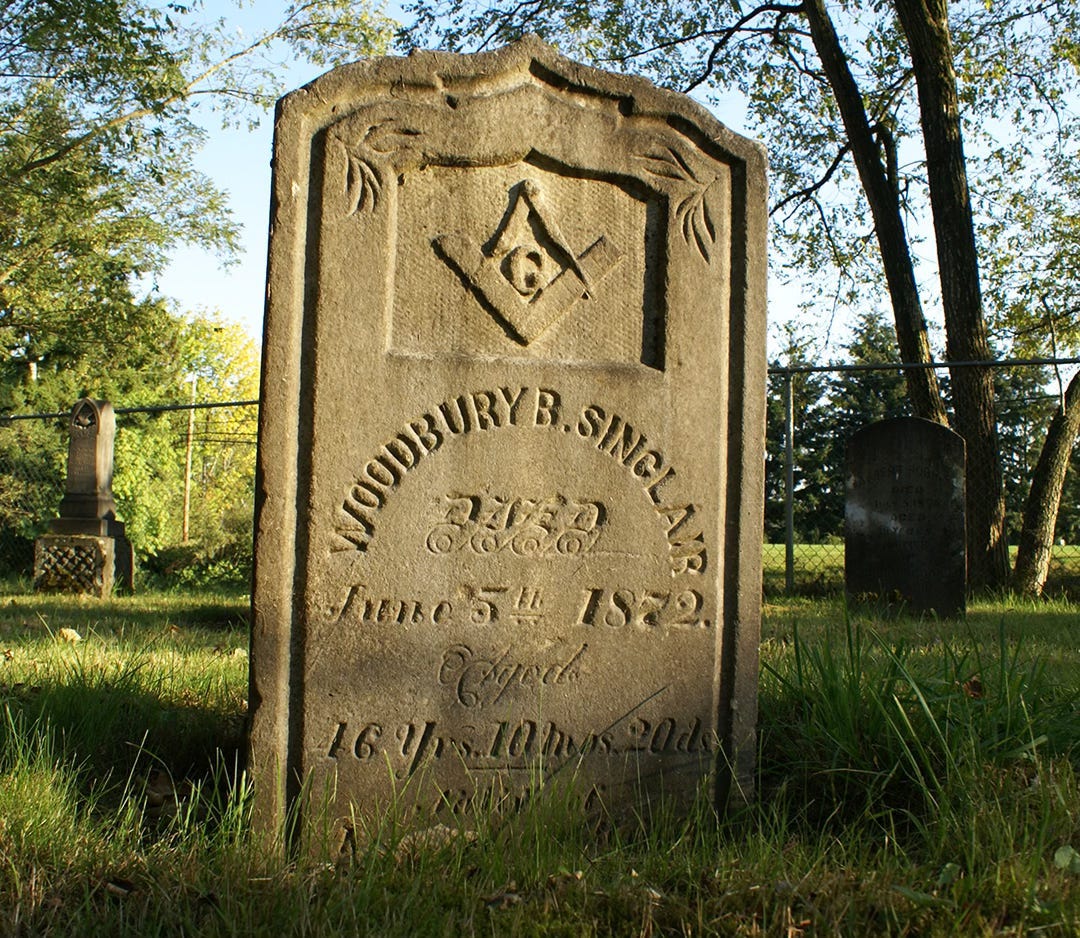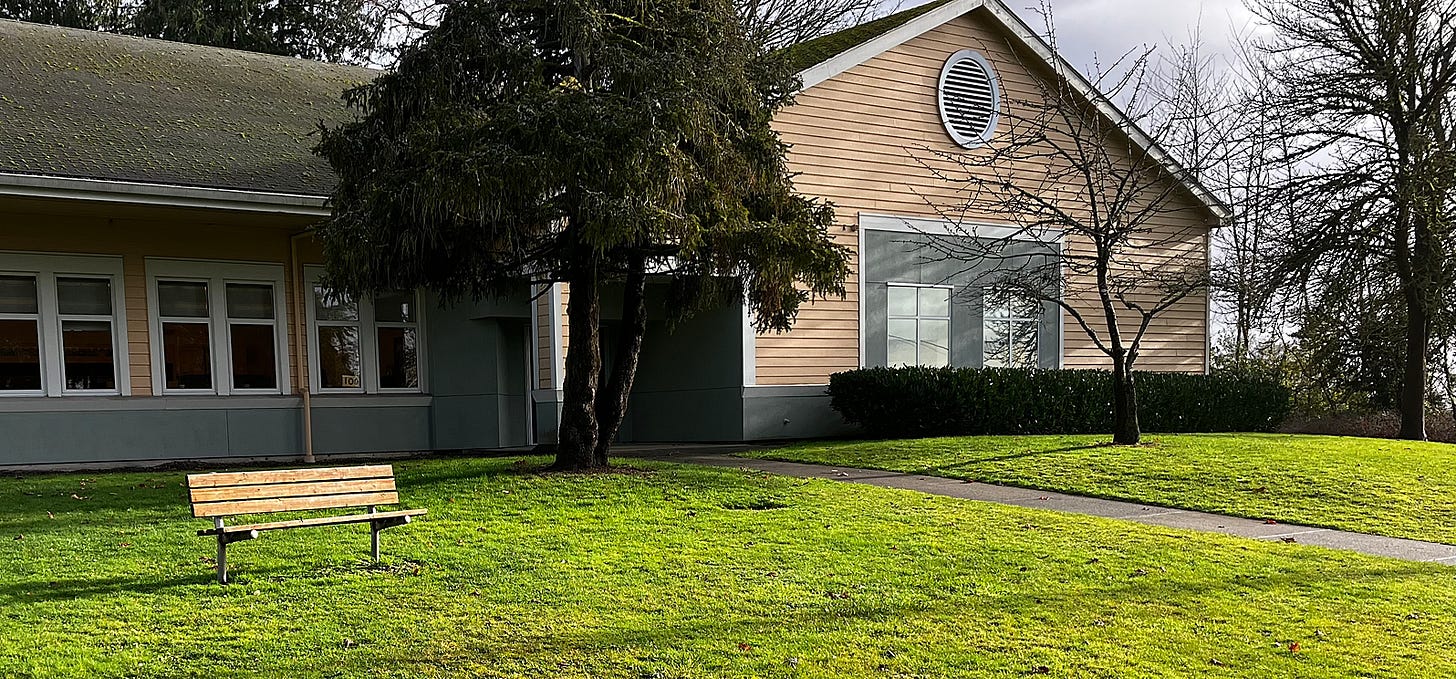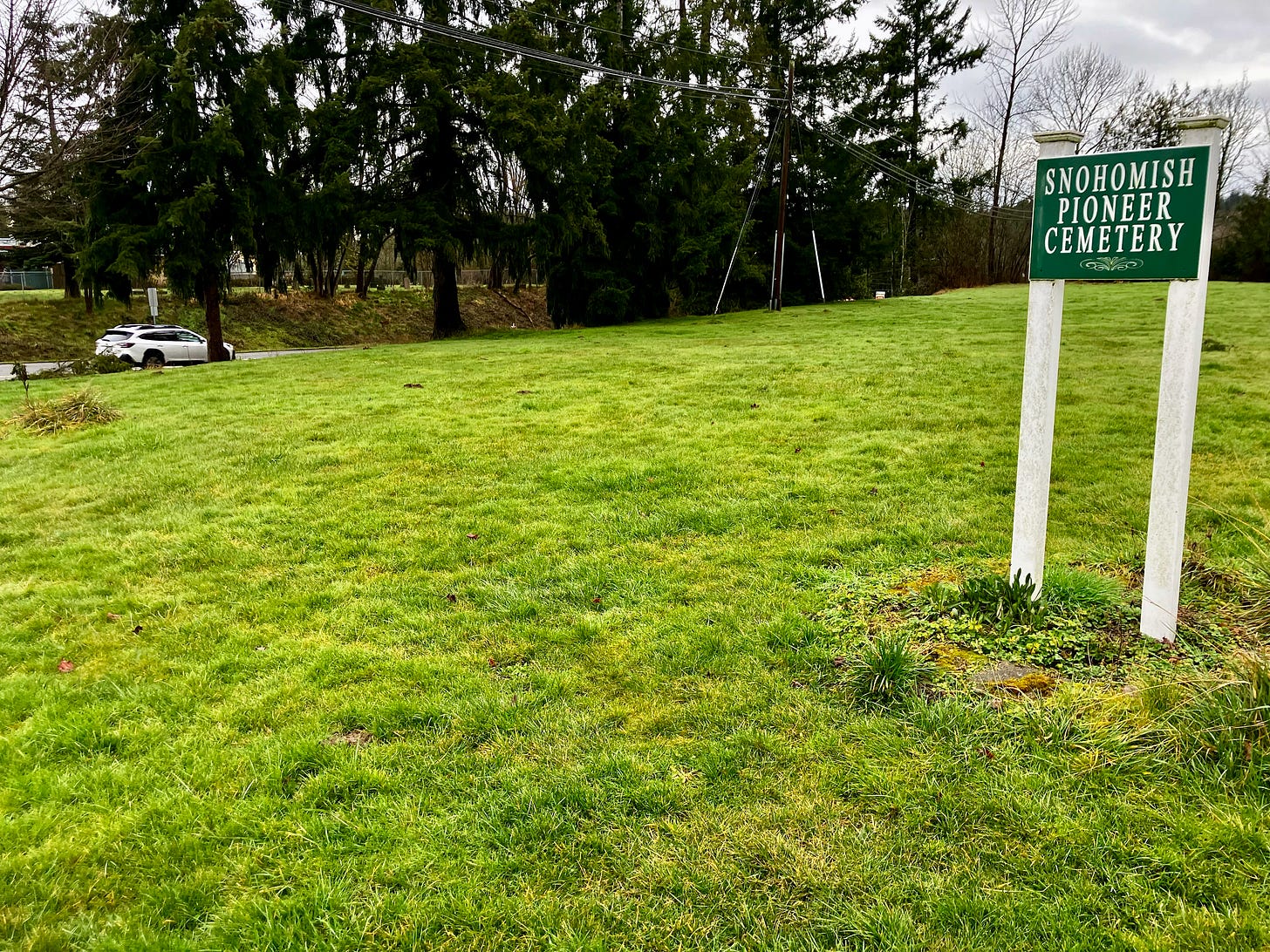
Dearest Readers, both Paid & Free,
I’m so happy to report that Karen is a Founding Angel watching over this Substack adventure of “going Paid.” Yes, Ms. Spouse subscribed to the Snohomish Stories Archive at the $90 level, a Founding Angel.
She tried subscribing back in December when her payment attempt failed, showing the error code: ‘No such product: 'prod_NqDYKOt6FIqTJz' in deep red text! Readers Nancy and Michael told me the same thing happened to them.
This is not a story about how long it took Substack to fix it, but rather, when our issue finally became known, Substack Support Agent Sylvia stuck with me until her software and Stripe were working together. That said, it was yours truly who discovered the cause of the glitch!
Sylvia had me change an Archived Product ($30 Annual Plan) in Stripe to Active. Finding Karen with a moment to test the payment system, it failed, spitting out the same error code. By then, I was in touch with human Stripe Support but not always with the same agent. I wonder if this may be why the agents failed to mention that I had two accounts! They must have known that only one account can be connected with Substack simultaneously.
I discovered both accounts when I crash-landed on a Stripe page showing both as long ID numbers. I recognized the other account as my first attempt with Product (Early Subscription $15). This is when I learned that Substack’s minimum for Annual Subscriptions is a firm $30. So, I abandoned it and started fresh with a second account. As a result, when Karen and our readers wanted to purchase a $30 Annual Subscription, the system looked in the first account and found no such product.
When I asked Sylvia how to change accounts, she said she had to do it. The next day, when I logged on to our Substack Settings, then clicking on Enable Payments, I was asked which of two accounts I wanted connected with Stripe! There was success on my second try (the accounts were identified with a long string of ID numbers)! Especially successful when Karen notches up to a Founding Angel while testing the payment system!
Thank you, Karen.
Mysterious news to report is that I got zero response from the school district on how to dedicate a bench on the Central Elementary campus to the memory of the Comegy home built on this site in 1886. I wrote to three people working for the District, including the Superintendent, Dr. Kent Kultgen. I sent another email to all three employees with the subject line: “Please, a favor of a reply.” Still nothing.
I would love to hear any ideas from our readers before I abandon the idea.
“Lost & Forgotten: The True History of Snohomish’s First Cemetery”
Reading my friend Taylor Russell’s book in progress was a great joy. I read the fantastic Introduction and the first five chapters this past February. Taylor and I are Snohomish History Writers, as “woke” as they come.
For example, I photographed and wrote about the gravestone pictured above in 2009.
“Supposedly, the remains were moved to the G. A. R cemetery, but not the Sinclairs, according to the records. Even Woodbury’s tombstone was left behind, as it was vandalized in the thirties and eventually rescued by the Historical Society.” Snohomish Stories Archive
This was my introduction to the silent story of our first cemetery losing ancestors and the descendants taking the City of Snohomish to court, extensively covered in the local press. Here is how Taylor sets the scene in her Introduction.
“Time’s relentlessness buried evidence of the cemetery. Abandoned by its caretakers, shrubs and grasses were soon overgrown. The property became an eyesore, perpetuating public health hazards and the state legislature helped develop the legal means to bulldoze and repurpose it. In 1947, a highway cut through the heart of it.”
I joined the Snohomish Historical Society in 1994 when Karen and I spent only weekends in town cleaning up after the contractor’s week working on the former St. Michael’s Rectory, which had been taken down to its studs. The leadership of the Society then was essentially under the guidance of the Society’s founder, Everett Olsen, who died many years ago, and his daughter, Darlene, who died in 2023 at the age of 88.
I look forward to reading what Taylor’s research will tell us about the time when the Society rescued the vandalized and abandoned stone markers. Moreover, volunteers cleaned the grounds with plans to build a community center to house the Society. But the cemetery lawsuit totally eclipsed those plans. I read a promise of the whole story in her Introduction.
It is not unusual for cities to redevelop abandoned cemetery land. What’s unusual is doing so while the bodies are still in situ, with an institutionalized belief that no bodies could be there.
It makes some sense: the physical traces and community memory of the cemetery lost, distorted, and so, decades on, incoming city administrations were doubtful of the evidence. What’s more, values and traditions had shifted over time. The demands of American growth consumed and used the land.
I remember Darlene generating an aura of disgust whenever the topic of the cemetery lawsuit came up. I wish Taylor could have interviewed her for this “document” she is making. Taylor has mentioned a team of volunteers helping with research on social media. I can hardly wait!
Before we finish with Taylor’s three-paragraph ending of the Introduction, I am installing a Paywall to encourage, perhaps coerce, your financial support for this adventure on Substack. Please remember: Paid or Free, I cherish all subscribers. We have been together since 2007!


